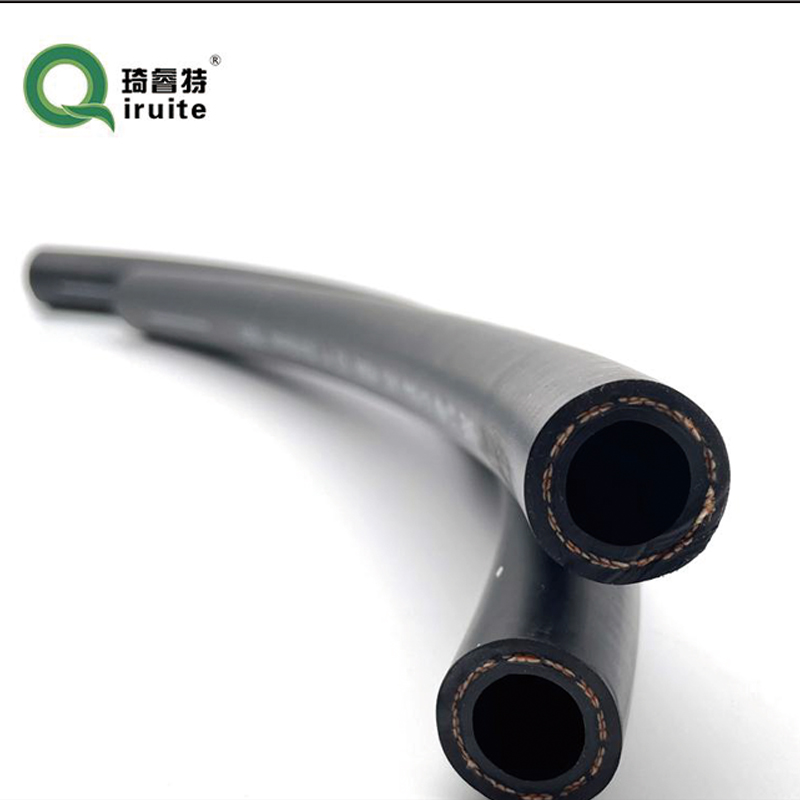Camry Power Steering Hose Replacement Guide and Maintenance Tips
Understanding the Camry Power Steering Hose Importance, Issues, and Maintenance
The power steering system is a crucial component of modern vehicles, ensuring that drivers can maneuver their cars with ease and precision. In Toyota Camry models, the power steering hose plays a pivotal role in the overall function of this system. Understanding the power steering hose, its significance, potential issues, and maintenance can help car owners keep their Camrys in optimal condition.
What is the Power Steering Hose?
The power steering hose is a crucial part of the power steering system. It is responsible for transferring hydraulic fluid between the power steering pump and the steering gear. This hydraulic fluid is pressurized, allowing the driver to turn the steering wheel with minimal effort. In the Toyota Camry, both high-pressure and low-pressure hoses are utilized. The high-pressure hose feeds pressurized fluid from the pump to the steering gear, while the low-pressure return hose directs the fluid back to the pump.
Importance of the Power Steering Hose
The functionality of the power steering system is heavily reliant on the integrity of the power steering hose. If the hose is compromised—whether due to wear and tear, corrosion, or damage—drivers may experience difficulties in steering. Symptoms of a failing power steering hose might include
- Difficulty Steering Increased effort is required to turn the steering wheel, particularly at low speeds. - Fluid Leaks Hydraulic fluid may leak from the hose, leading to reduced fluid levels in the system. - Noisy Steering Unusual sounds, such as whining or groaning, may be heard when turning the wheel, indicating that the steering pump is struggling to draw fluid.
Maintaining a healthy power steering hose is essential for smooth steering performance, making it a vital component of any vehicle, including the Toyota Camry.
Common Issues with Power Steering Hoses
camry power steering hose

Several factors can contribute to power steering hose issues. One common problem is fluid leakage. Over time, the rubber material of the hose can wear out, leading to cracks and, eventually, leaks. Contaminants within the hydraulic fluid itself can further damage the hose, leading to deterioration.
Another issue is hose blockage. Dirt, debris, or even the breakdown of the hydraulic fluid can create blockages that hinder fluid flow. This can result in inadequate steering assistance and noticeable performance changes.
Regular wear and tear will also take its toll, especially in older vehicles. Environmental factors, such as extreme temperatures, can cause rubber to become brittle and less effective over time. This degradation can ultimately lead to hose failure.
Maintenance and Replacement
Routine maintenance is key to ensuring the longevity of your power steering hose. Regularly checking the power steering fluid level and looking for signs of leakage can help catch issues before they escalate. If you notice any signs of trouble—such as fluid spots under the car, difficulty steering, or unusual noises—it's prudent to have the hose inspected.
Replacing a damaged power steering hose is not overly complicated but should be handled by a professional to ensure proper installation and to avoid further damage to the power steering system. Replacing the hose may involve flushing the power steering fluid and ensuring that all components are functioning correctly.
Conclusion
The power steering hose in a Toyota Camry plays an indispensable role in ensuring that drivers can navigate their vehicles with ease. Understanding its importance, recognizing potential issues, and performing regular maintenance can help keep the power steering system functioning smoothly. By being proactive and addressing any concerns early on, Camry owners can enjoy a safer, more comfortable driving experience. In essence, the health of the power steering hose directly impacts the performance of the vehicle, making it a component that deserves attention and care.
-
Ultimate Spiral Protection for Hoses & CablesNewsJun.26,2025
-
The Ultimate Quick-Connect Solutions for Every NeedNewsJun.26,2025
-
SAE J1401 Brake Hose: Reliable Choice for Safe BrakingNewsJun.26,2025
-
Reliable J2064 A/C Hoses for Real-World Cooling NeedsNewsJun.26,2025
-
Heavy-Duty Sewer Jetting Hoses Built to LastNewsJun.26,2025
-
Fix Power Steering Tube Leaks Fast – Durable & Affordable SolutionNewsJun.26,2025

